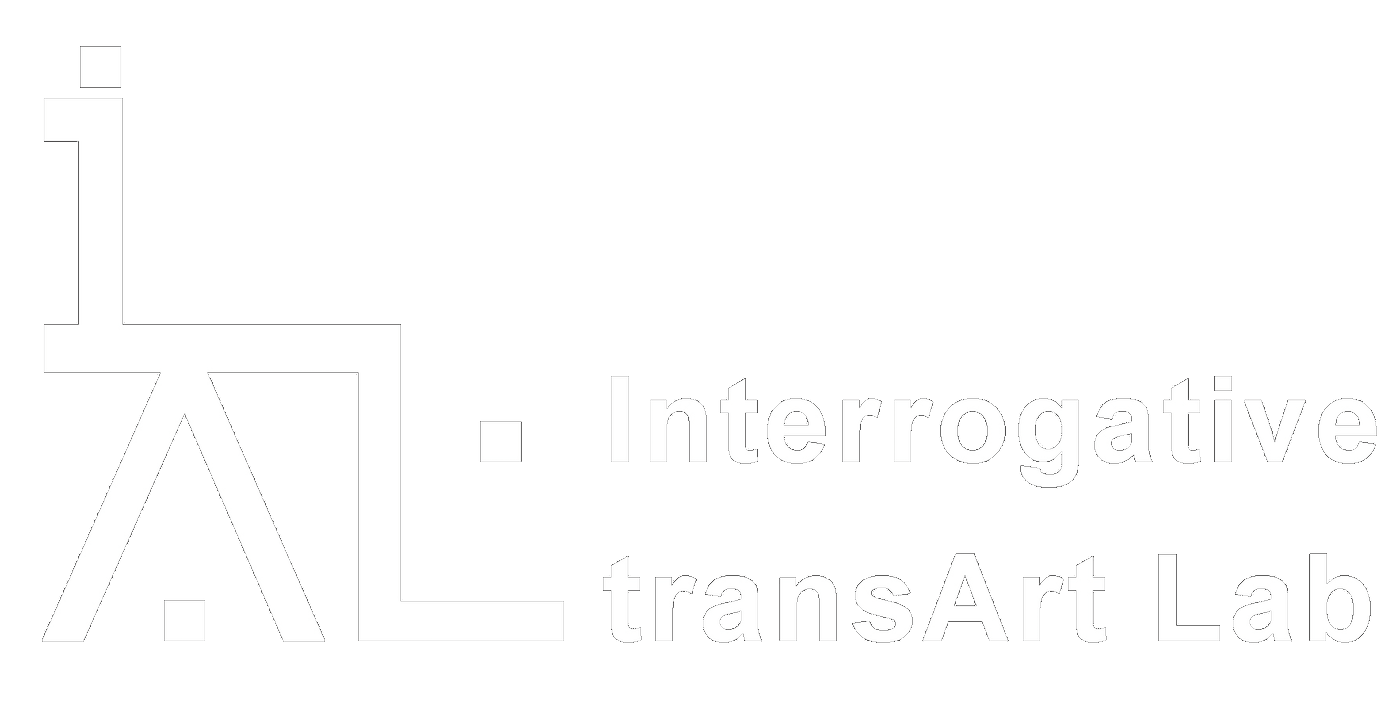2016
王怡婷 Wang, Yi-Ting|博士學位論文
矇閉中的看見——從詭異基礎命題延伸至攝影影像的思考
Insight in Blindness – Rethinking Photographic Images from the Perspectives of Uncanny
摘要
本論文從詭異基礎命題出發,首先以重新閱讀和理解Sigmund Freud的〈論詭異〉、H. T. A. Hoffmann的〈沙人〉、Ernst Jentsch的〈詭異心理學〉等相關重要文獻,從Jentsch與Freud關於「詭異」內涵的個別論述中,凝聚出以心理學背景與精神分析理論為解釋基礎的見解。然後,從Jentsch與Freud身上所獲得的啟發,轉向對於W. J. T. Mitchell的圖像理論閱讀。在《圖像想要什麼》(What Do Pictures Want)中,Mitchell扼要地談到圖像的欲求,與形成圖像詭異的感覺條件,這部份是本論文將要延伸至攝影影像的思考的重點,討論攝影影像的詭異要的是什麼?從Heimlich到與Unheimlich的混合、並存,初步思考圖像詭異的新語義方格,然後進一步從「攝影影像的身體」、「攝影影像的生命形式」與「攝影影像的棲息地」三個面向,思考攝影影像如何藉由物件、影像與媒體三種要素的混合過程,成為一種可實際被感知的生命體,從而使我們產生「詭異」的感覺。最後,本論文對攝影影像重新思考做出以下四點結論:(1) 攝影詭異是矇上眼睛去「看見」的過程;(2) 攝影詭異要的是「給出遮蔽」;(3)〈沙人〉中Nathanel的三種失明形式「你用不屬於你的眼睛在看」(透過機械裝置的觀看)、「你看不見自己的沒有眼睛」(盲者的凝視)、「你看見自己的眼睛在看你」(分身的回視)可視為攝影詭異中的視覺悖論;(4) 攝影詭異來自一種混合交織的認知、感知狀態,是接近於對「家」的渴望和「非家」的焦慮不安之間的擺盪與來回過渡狀態。
關鍵字:攝影、詭異、佛洛伊德、沙人、盲目、湯姆米歇爾
Abstract
This dissertation starts from the perspectives of the Uncanny. To start, the first part re-reads and re-thinks three iconic theses: Sigmund Freud’s ‘The Uncanny’, H. T. A. Hoffman’s ’The Sandman’, and Ernst Jentsch’s ‘On the Psychology of the Uncanny’. Based on and inspired by Jentsch and Freud's separate discussion on the immanence of the uncanny, the author’s perspective is formed serving as the later interpretational basis which is grounded in the aspects of psychology and psychoanalysis. To extend, the discussion turns to the re-reading of W. J. T. Mitchell’s pictorial theory. In “What Do Pictures Want”, Mitchell denotes concisely what the picture wants and what the sensual condition of the Pictorial Uncanny is. This dissertation extends on the critical consideration of the photographic image, discussing the question, “What do photographic images want?” From the viewpoint of the blending and co-existence of Heimlich and Unheimlich, the author contemplates on the new semantics square of pictorial uncanny as the initial step. Secondly, from the following three dimensions: the body of photographic image, the life form of photographic image, and the photographic ecosystem, the author illustrates how the photographic image is cognizes as an actual life form that therefore makes people feel uncanny via three essential elements: object, image and media. To conclude, this dissertation re-thinks on the photographic image and concludes the following four opinions: 1. The uncanny of photographic is the process to see when blindfolded. 2. What the photographic uncanny wants is to uncover the concealed. 3. Nathanel’s three forms of the blind in the ‘Sandman’ are as follows: “You see through the eyes not belonging to you.”, “You cannot see that you don’t have eyes. (the gaze of the blind)” , and “You see your own eyes are watching you. (the double looks back on you)”, which can be considered as the paradox of the photographic uncanny. 4. The uncanny of photography is mingled and woven with the cognitional and sensual status, which is close to the in-between status of the longing for Heimlich and the anxiety of Unheimlich.
Keywords:Photography、Uncanny、Sigmund Freud、The Sandman、Blindness、W. J. T. Mitchel
